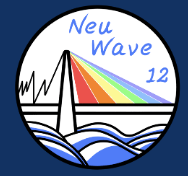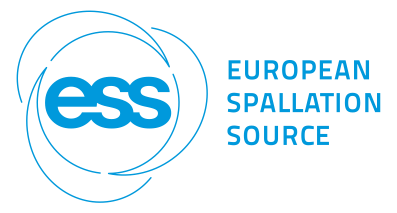Speaker
Description
Energy-resolved neutron imaging using intense, pulsed neutrons at instruments such as RADEN [1] at the J-PARC Materials and Life Science Experimental Facility put severe requirements on the performance of the imaging detector used. In particular, the imaging detector should provide spatial resolution less than 1 mm, time resolution of 1 µs or less, high neutron flux capability, and strong gamma background rejection. At RADEN, we are developing and using event-type imaging detectors based on micropattern gas detectors (Micropixel-based Neutron Imaging Detector (µNID) [2]) and Li-glass scintillators (Lithium-6 Time Analyzer (LiTA) [3]) with fast, all-digital readouts. These detectors can easily provide the necessary time resolution for accurate neutron energy determination via time-of-flight, as well as event-by-event background rejection. However, the main challenge for these event-type detectors lies in obtaining optimal spatial resolution and count rate performance. The µNID detector currently provides spatial resolutions and count rates of 100 µm and 4 Mcps ($^{3}$He converter) / 300 µm and 10 Mcps ($^{10}$B converter), respectively, while the LiTA detector provides spatial resolutions and count rates of 3 mm and 15 Mcps (pixel mode) / 0.7 mm and 6 Mcps (centroiding mode), respectively.
In this presentation, we will discuss the status of our detector work at RADEN, including planned upgrades to the detectors and network infrastructure and improvements to the data processing and analysis procedures. We will also report on the performance of the µNID with new readout elements designed for improved spatial resolution and increased count-rate capability.
References
[1] T. Shinohara et al., Rev. Sci. Instrum. 91, 043302 (2020)
[2] J.D. Parker et al., JPS Conf. Proc. 22, 011022 (2018)
[3] S. Satoh, JPS Conf. Proc. 8, 051001 (2015)
| Abstract Topic | Detection systems and devices related to neutron imaging |
|---|

